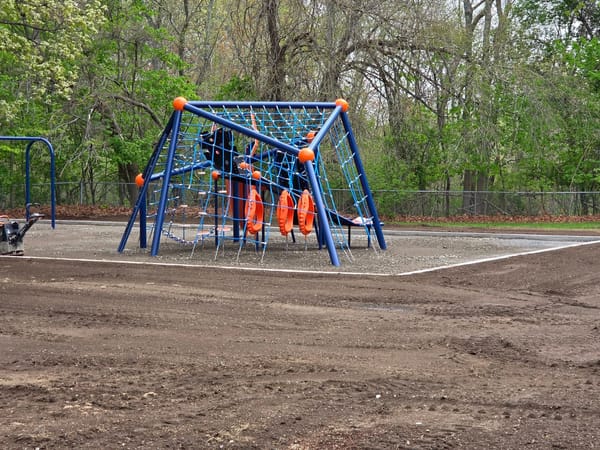State Aims to Revive "Missing Middle" by Unwinding Merged Lots


A new law signed into the books this August could bring back the elusive "starter home" for some homeowners in Massachusetts. The "Affordable Homes Act," a $5.1-billion bond bill, includes measures to unwind merged lots and allow smaller homes to be built on previously unbuildable land.
It all goes back to a law and a subsequent state Supreme Court decision from the mid-20th century, said Rob Brennan, Chair of the Government Affairs Committee for the Home Builders and Remodelers Association of Massachusetts and an affordable housing attorney on Cape Cod, who helped pen the merger reversal provision. After World War II, said Brennan, "we got good at building modest homes on modest lots" as small as quarter-acre (10,000 square feet) in size. Then in the 60s and 70s, zoning in suburban areas began being established as a way to preserve the neighborhood feel many suburban families had begun to enjoy.
Minimum lot sizes of a half-acre (20,000 square feet) or more began to be established in many cities and towns. Legislation was soon passed stating that, while new lots had to be larger, the existing quarter-acre lots could still exist. However the law's language, which said adjacent lots owned by different people were still considered buildable, led to a consequential interpretation by the state Supreme Court. The Court took this language to mean that adjacent lots under "common ownership," or owned by the same person, could be treated as one lot by the municipality.
This resulted in the effective merger of between 10,000 and 18,000 pairs of lots around the state, said Brennan, effectively prohibiting families from building two separate homes on property they'd purchased as two separate lots. Say a family bought two adjacent lots and built on one, but saved the other to build a home on later for their brother or their kids. This decision took away their ability to do so, stripping them of their ability to benefit from the sale of that home at a later date.
The lot-split provision in the Affordable Homes Act, which was signed into law by Governor Healey this August, reverses the mergers, stating that each of the original lots is now buildable by right. The provision also establishes a size limit of 1,850 square feet with a requirement of 3 or more bedrooms. The aim of this move was to ensure the construction of "modest" homes, restoring the idea of a "starter home" that has become elusive if not impossible to find these days.
"It's nearly impossible for builders to construct a starter home [on a larger lot] because the economics don't work out," Brennan explained, but now opportunities will open up for local builders to build smaller homes, filling the "missing middle" between apartments and large square-footage homes.
He emphasized more potential benefits: Sprinkling in starter homes in scattered places across town...could help someone working in the school system, a first responder, a hospital worker, or a service manager. It addresses one of the biggest challenges for cities and towns—attracting and retaining people we want as long-term community members."
"By definition, it fits with the scale of what was there historically," Brennan said. "We're just correcting something that was misinterpreted by the courts."
The law passed with bipartisan support in the state legislature.





